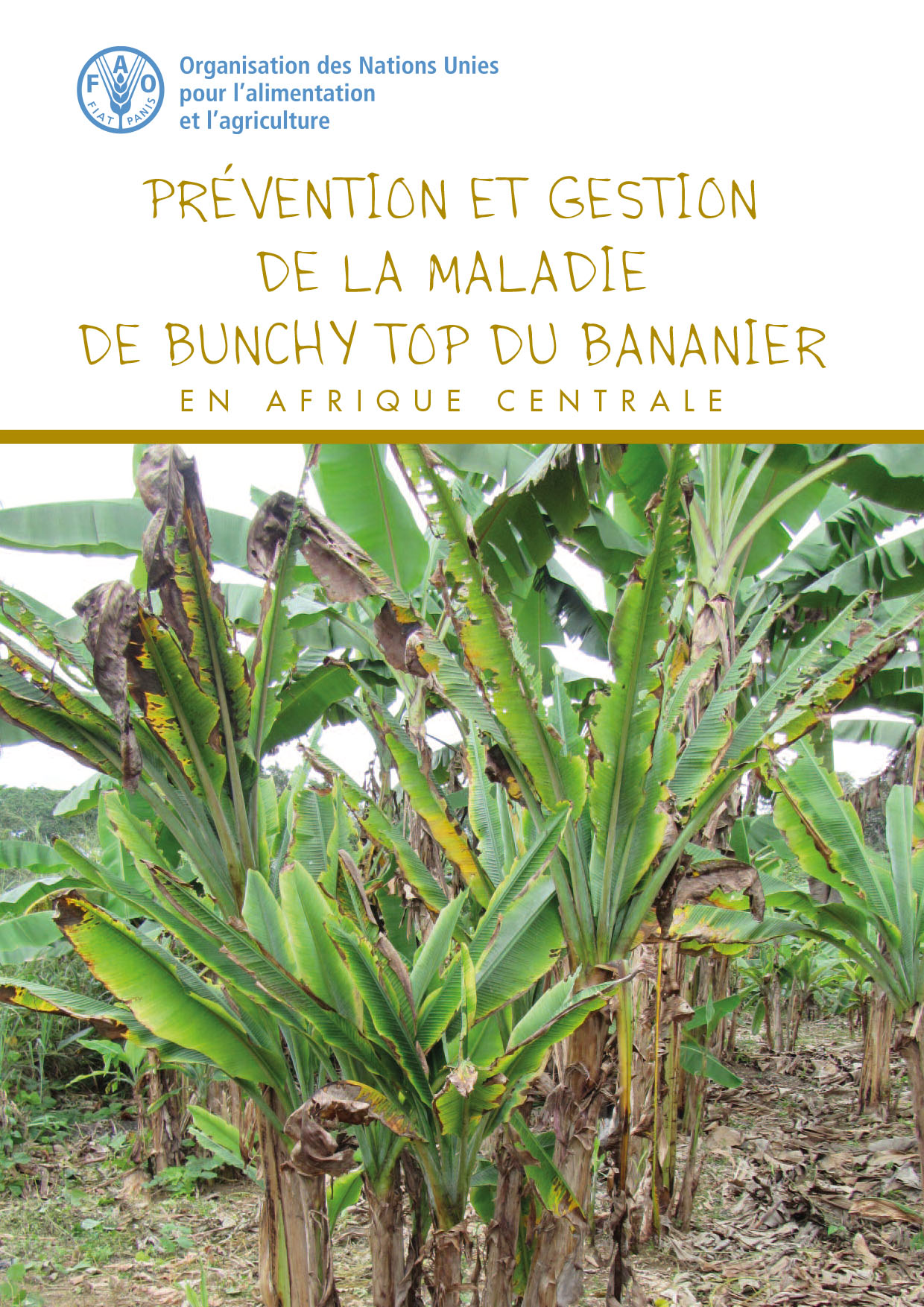Food and Agriculture Organization of the United Nations (FAO), 2018




Context
In 2015, the Food and Agriculture Organization (FAO) launched the project TCP/SFC/3503, “Support for the Prevention and Management of Banana Bunchy Top Disease (BBTD) in Cameroon, Gabon, and Equatorial Guinea.” Over two years, the project aimed to strengthen the capacities of institutional and scientific stakeholders across the three countries. Extensive field surveys, especially in border areas, allowed for mapping the presence of the virus. Laboratory analyses conducted at the International Institute of Tropical Agriculture (IITA) in Cameroon confirmed the virus’s presence in eight out of nine provinces in Gabon and the southern part of Cameroon. The virus was not detected in Equatorial Guinea.
Objectives
- Strengthen Capacities: Enhance the capabilities of institutional and scientific actors in the three countries.
- Map the Virus: Conduct extensive field surveys to map the presence of BBTD.
- Develop and Implement Rapid Eradication Action Plans: Rehabilitate infected fields and reintroduce healthy plant material.
- Raise Awareness: Continuously educate populations about BBTD and its management.
- Foster Collaboration: Encourage cooperation between customs, quarantine services, and other stakeholders to contain and eradicate the virus.
Solution
The project implemented several key actions:
- Stakeholder Collaboration: Promoted collaboration between customs, quarantine services, and other stakeholders to prevent the spread of the virus.
- Field Surveys and Mapping: Conducted extensive field surveys in border areas to map the virus’s presence.
- Laboratory Analyses: Analyzed collected samples at IITA in Cameroon to confirm the virus’s distribution.
- Rapid Eradication Action Plans (ARE): Rehabilitated infected fields by systematically destroying diseased plants and reintroducing healthy plant material.
- Awareness Campaigns: Educated local populations about the disease and its management.
- Stakeholder Collaboration: Promoted collaboration between customs, quarantine services, and other stakeholders to prevent the spread of the virus.
Results
- Virus Mapping: The project successfully mapped the presence of BBTD in Gabon and Cameroon, confirming its absence in Equatorial Guinea.
- Field Rehabilitation: Infected fields were rehabilitated, with diseased plants destroyed and healthy plant material reintroduced.
- Increased Awareness: Continuous awareness campaigns educated populations about BBTD and its management.
- Enhanced Collaboration: Improved collaboration between customs, quarantine services, and other stakeholders helped contain the virus.
The project highlighted the critical importance of continuous awareness, collaboration among stakeholders, and effective communication to combat the spread of BBTD and prevent a potential phytosanitary and economic disaster in Central Africa.


